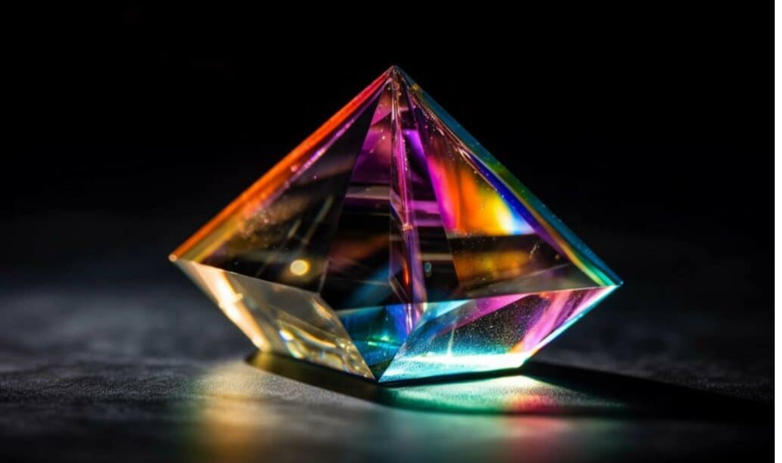The discovery of a rival to diamond...the hardest material on Earth

A research team has come up with a nearly unbreakable material that they believe could rival diamond as the hardest material on Earth.
The scientists found that when carbon and nitrogen molecules were exposed to extreme heat and pressure, the resulting materials, known as carbon nitrides, were harder than cubic boron nitride, the second hardest material after diamond.
In the study published in the journal Advanced Materials, the researchers said that this breakthrough opens the doors to the use of multifunctional materials for industrial purposes, including protective coatings for cars and spacecraft, heavy-duty cutting tools, solar panels, and photodetectors.

Scientists have been trying to discover the potential of carbon nitrides since the 1980s, when they first noticed their exceptional properties, including high heat resistance.
However, after more than three decades of research and multiple attempts to adapt it, no reliable results have been reported, according to The Independent.
Now, an international team of researchers, led by scientists from the Center for Extreme Science at the University of Edinburgh and experts from the University of Bayreuth in Germany and Linköping University in Sweden, has made major progress.
Dr Dominique Laniel, from the Institute for Physics of Condensed Matter and Complex Systems in the School of Physics and Astronomy at the University of Edinburgh, said: “When the first new carbon nitride material was discovered, we were in a state of disbelief.”

She added: “It has produced materials that researchers have only dreamed of over the past three decades, and these materials provide a strong incentive to bridge the gap between the manufacture of high-pressure materials and industrial applications.”
The research team exposed different forms of carbon-nitrogen molecules to pressures ranging between 70 and 135 gigapascals (about a million times our atmospheric pressure) while heating them to temperatures exceeding 1,500 degrees Celsius.
To determine the atomic arrangement of the compounds under these conditions, the samples were illuminated by an intense X-ray beam at three particle accelerators, at the European Synchrotron Research Facility in France, the Deutsches Elektronen-Synchrotron in Germany, and the Advanced Photon Source in the USA.
Scientists discovered that three compounds of carbon nitride contain the basic elements needed for superior hardness. They also found that the three compounds retained their diamond-like properties when returned to ambient pressure and temperature conditions.
Additional calculations and experiments indicate that the new materials have additional properties, including photoluminescence and high energy density, where a large amount of energy can be stored in a small amount of mass.
aXA6IDEwNS4xMDQuMTk0LjExNiA= M&M Island

